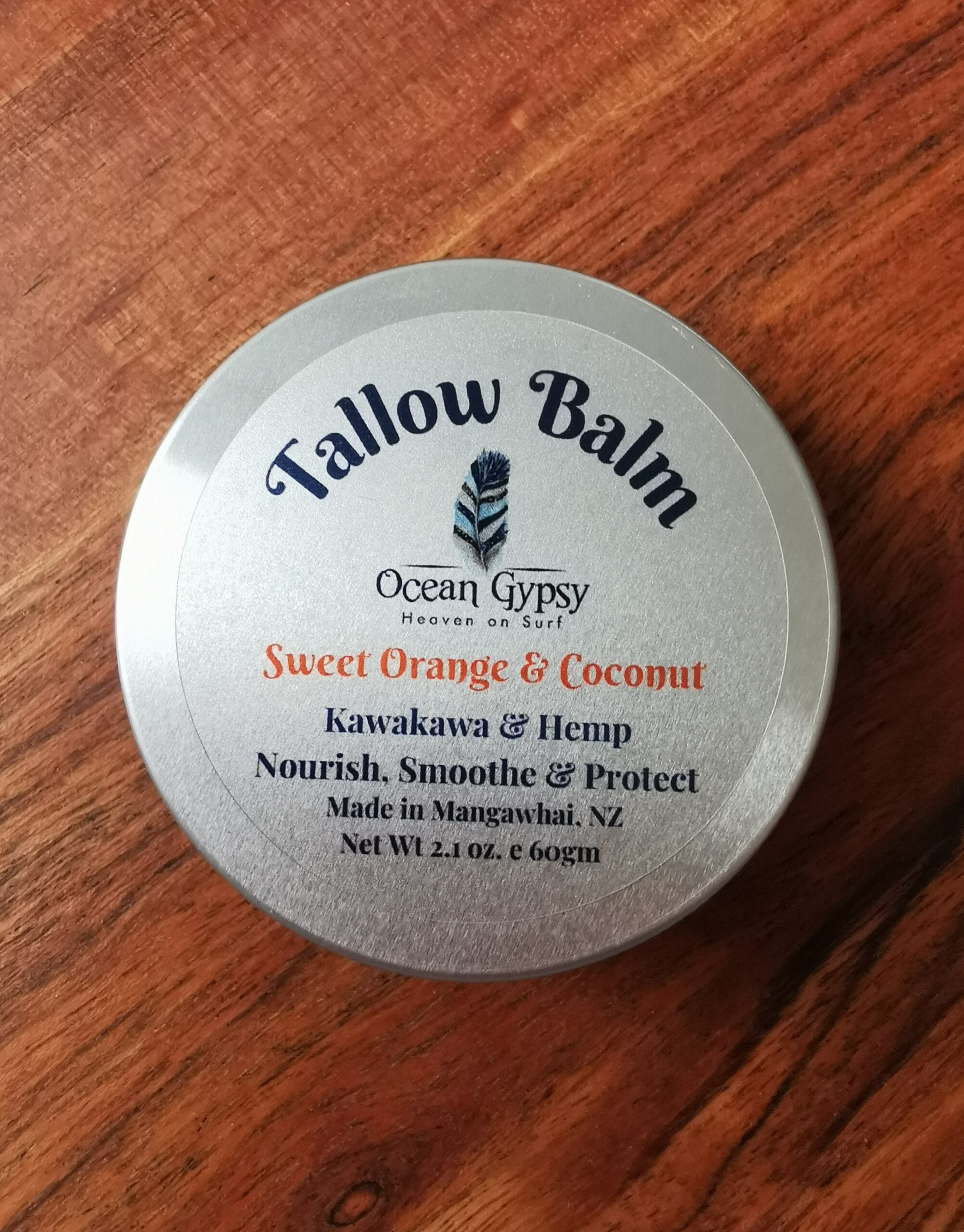The Story Behind the Stars – Matariki
The Story Behind the Stars
According to Māori pūrākau (traditional storytelling), the world was once cloaked in darkness. Ranginui (Sky Father) and Papatūānuku (Earth Mother) were bound in a tight, loving embrace. Their children — the gods of the natural world — were trapped between them, cramped and unable to move or grow.
One by one, the children discussed how they could bring light into the world. Most agreed that their parents needed to be separated. Only Tāwhirimātea, the god of wind and weather, disagreed — he was devastated by the idea of his parents being forced apart.
Despite his protest, his brother Tāne Mahuta (god of the forest) pushed Ranginui up into the sky and Papatūānuku down toward the earth, letting light flood into the world.
In his heartbreak and fury, Tāwhirimātea tore out his own eyes, crushed them in his hands, and threw them into the sky, creating the star cluster we know today as Matariki. This is why Matariki is often referred to as:
Ngā mata o te ariki Tāwhirimātea – The eyes of the god Tāwhirimātea
? Is This Story the Same Across Aotearoa?
Not exactly — and that’s what makes Māori tradition so rich and beautiful. Different iwi (tribes) have unique interpretations and names for the stars and the stories connected to them.
For example:
- Some iwi recognise seven stars in the Matariki cluster, while others acknowledge nine, each with specific meanings related to wellbeing, nature, food sources, and the spiritual world.
- In some traditions, Tāwhirimātea’s act is directly linked to the creation of the Matariki stars, while others may share different cosmologies or see the story more symbolically.
So while the story of Tāwhirimātea’s grief and his eyes becoming stars is widely shared and deeply meaningful, it’s also important to honour the diversity of understanding within te ao Māori (the Māori world).
✨ How We Can Honour the Story
If you feel a connection to this story, here are a few ways to honour it respectfully:
- Acknowledge variation: When sharing the tale, you might say, “According to some Māori traditions…” or “As told by many iwi…”
- Look deeper into local stories: If you’re in Aotearoa, find out which iwi land you’re living on and see if they have their own version of the Matariki story.
- Use the story as a tool for reflection: Tāwhirimātea’s act is symbolic of heartbreak, transformation, and creation — a powerful metaphor for letting go and creating something new.
Whether you follow the nine stars of Matariki, light a candle in memory of loved ones, or simply pause to stargaze on a still winter morning, Matariki offers us all a chance to come back to what matters — whakapapa, wairua, whenua, and whānau.
The stars hold stories. And the more we learn, the deeper we connect — not only to the sky above but to the land and legacy below.




